Last week we ran a big Ink Kitchen list of reasons why you might not hold detail in your prints.
My pals at Saati had a little more feedback. It is their usual type of feedback, helpful and practical.
“First, make sure to run an exposure (cure) test and at least get into the range of optimum exposure. The 21-step (Stouffer step wedge) guide we recommend indicates optimum exposure as a solid step 7 after developing. This applies to all emulsions on any type of mesh and with any lamp.
If you must underexpose to eventually get the detail required, then at least measure and calibrate the under exposure, and don’t just stick a finger in the wind.”
“Second thing is to use only dyed mesh for fine detail work and half tones. This is especially true if (SBQ) photopolymer is used. White mesh just scatters too much light. Because that’s what white pigments do, and yes, white mesh is pigmented, it’s just not dyed. “
I almost forgot.
“NEVER use photopolymer on a white mesh exposed with fluorescent tubes, or even the newer low profile LED boxes that substitute fluorescent tubes. These three things together are toxic combination, with no chance to hold fine detail and still produce a durable screen.”
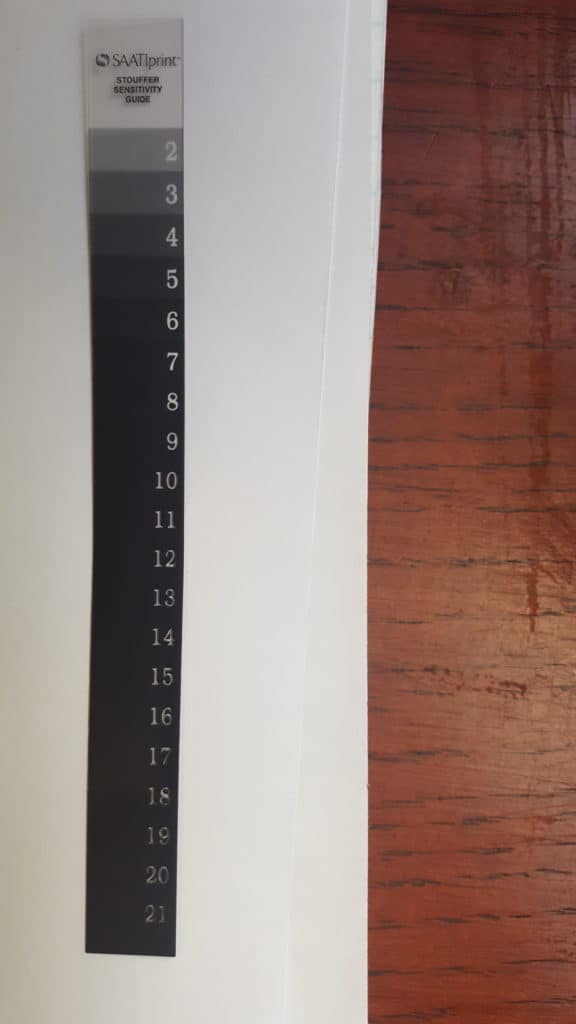
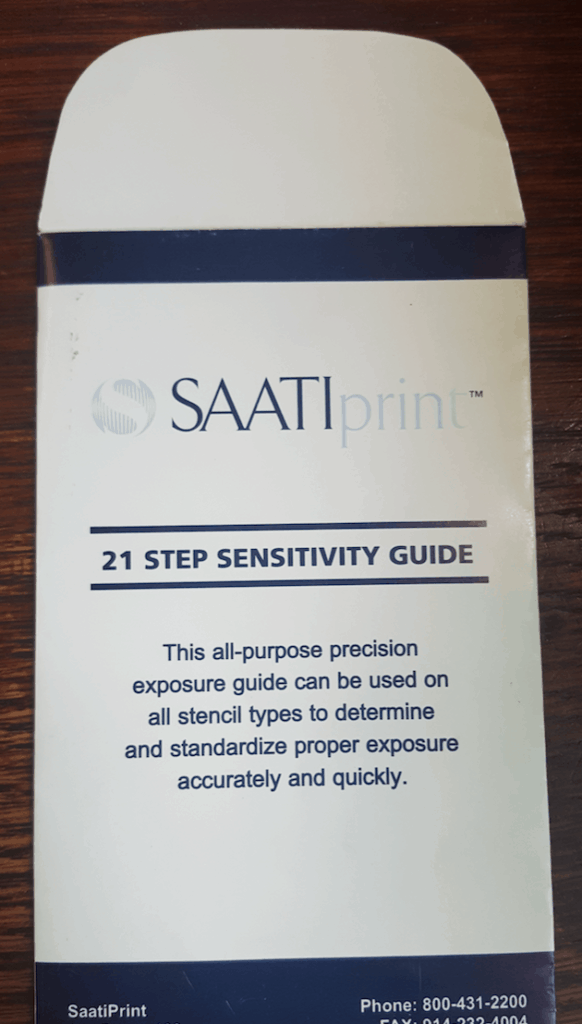
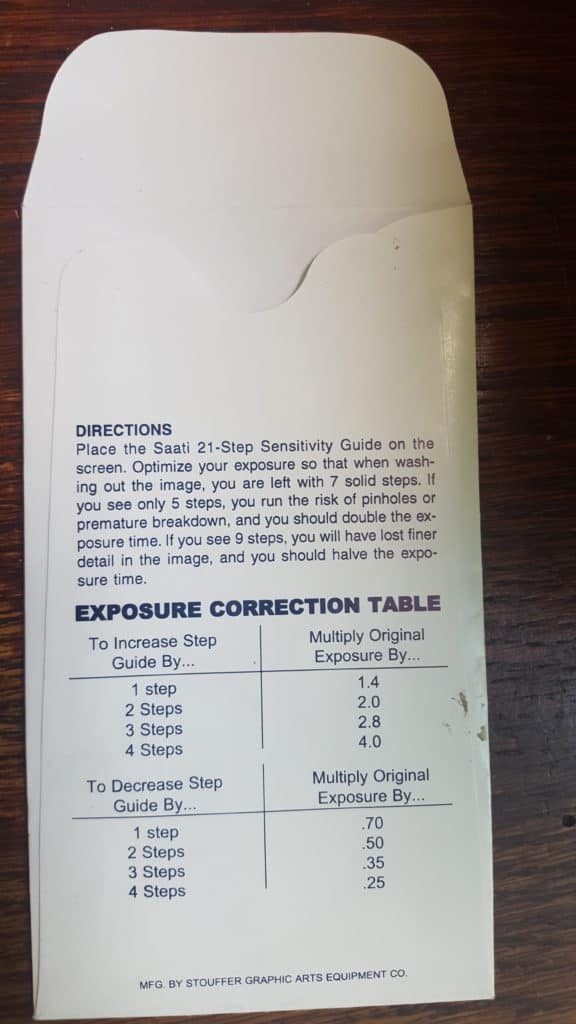
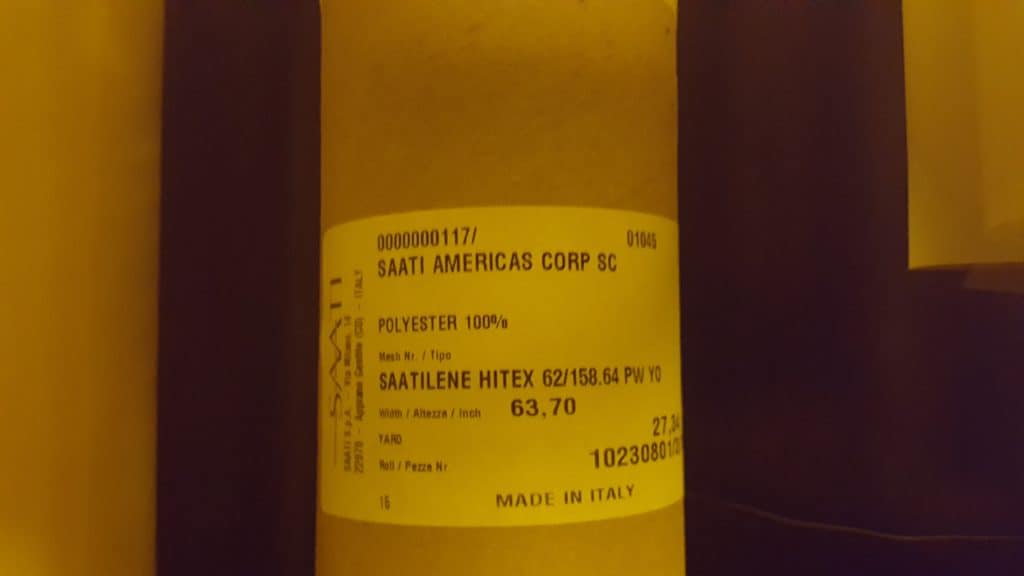
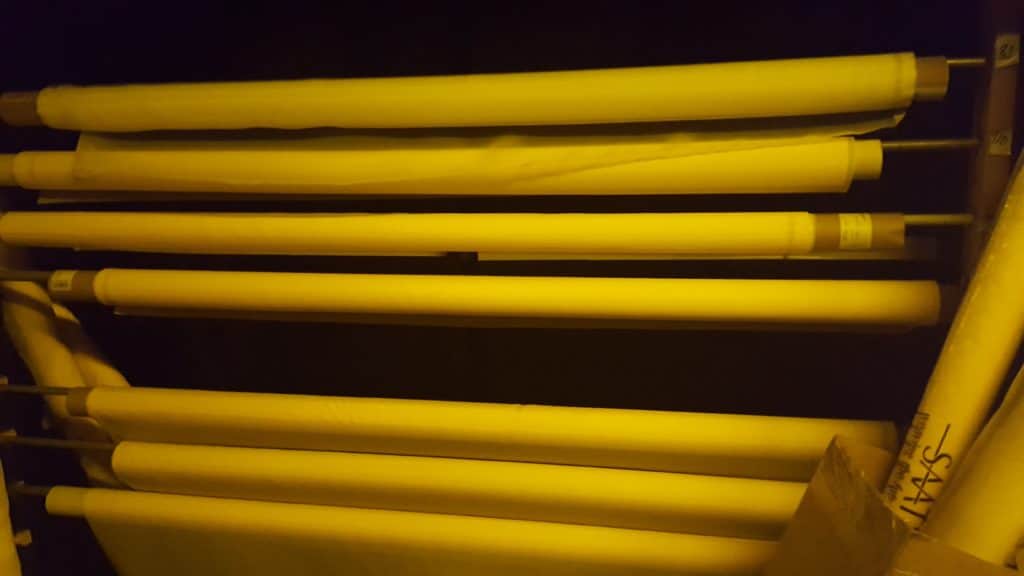


That banks for calling it a cure test! Slowly I will convert the industry.
Solid step 7 for film positives, solid step 6 for DTS/CTS exposures.
Our common enemy is undercutting and light scatter, not over exposure.